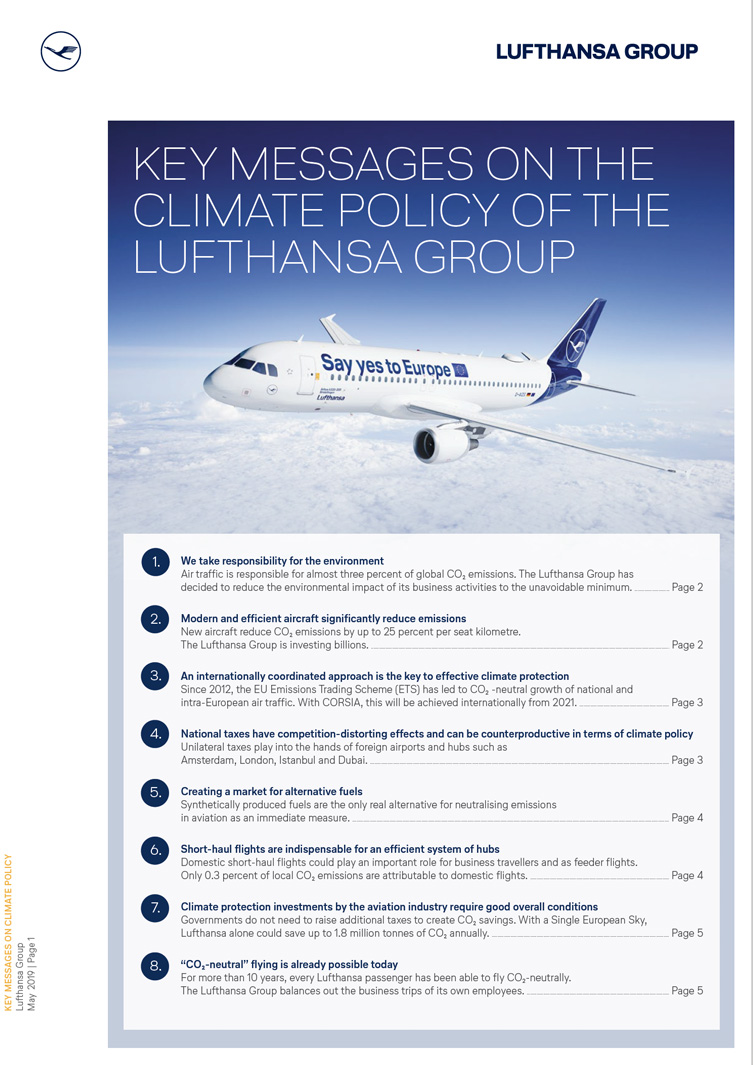The share of domestic flights in the total traffic capacity of German airlines amounts to 5 percent. 0.3 percent of German CO2 emissions are generated by domestic flights.
Why is domestic air traffic nonetheless important? Firstly, business travellers often prefer to fly. Secondly, these connections play an important role as feeder flights. Airlines take passengers to aviation hubs to fly them all around the world from there. For example, two thirds of air passengers change planes at German hubs. This means that larger aircraft can be used and utilisation rate can be increased. This in turn means more ecologically and economically viable flights.
Lufthansa relies on intermodal transport wherever possible. This means: The better the hubs are connected to long-distance rail services, the more feeder traffic will shift to rail. There is a need for improvement in Munich in particular.
At the same time, Lufthansa also competes on long-haul routes. Example: Nuremberg – Singapore: Turkish Airlines offers this connection with one change in Istanbul. Lufthansa offers the connection via Frankfurt. Passengers who do not use the train to FRA – the connection takes about an hour longer – would choose Turkish. 95 percent of passengers on the Nuremberg – Frankfurt Lufthansa route change planes.





